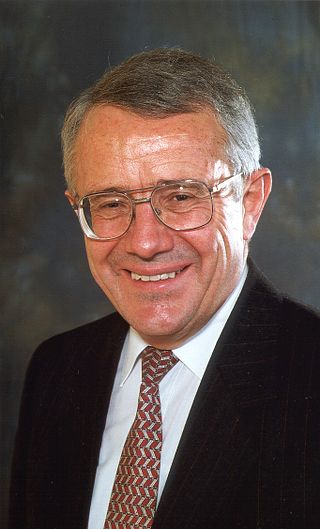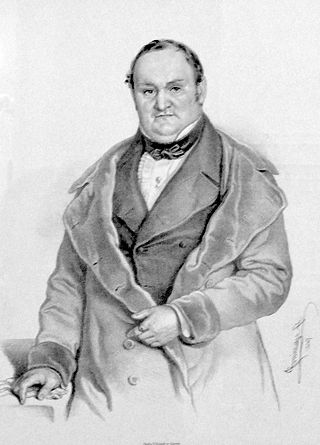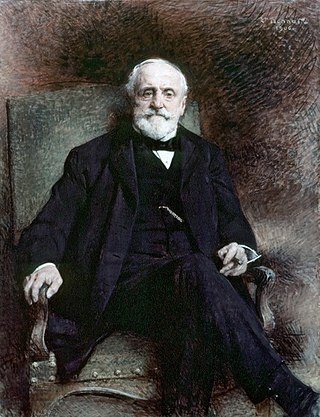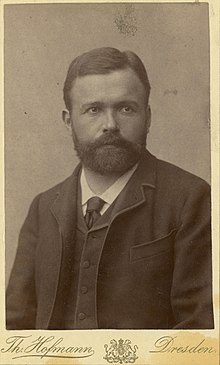
Bobsleigh or bobsled is a winter sport in which teams of 2 to 4 athletes make timed runs down narrow, twisting, banked, iced tracks in a gravity-powered sleigh. International bobsleigh competitions are governed by the International Bobsleigh and Skeleton Federation.

Arnold Koller is a Swiss professor and politician. He served as a member of the Federal Council (Switzerland) from 1987 to 1999 for the Christian Democratic People's Party (CVP). Koller previously served as a member of the National Council (Switzerland) from 1971 to 1986. He did also serve two terms of the as President of the Swiss Confederation in 1990 and 1997. He is primarily known for Lex Koller, a Swiss Federal Act on Acquisitions of Real Estate by Persons Abroad, which he initiated.

St. Moritz is a high Alpine resort town in the Engadine in Switzerland, at an elevation of about 1,800 metres (5,910 ft) above sea level. It is Upper Engadine's major town and a municipality in the administrative region of Maloja in the Swiss canton of the Grisons.

Sledding, sledging or sleighing is a winter sport typically carried out in a prone or seated position on a vehicle generically known as a sled, a sledge (British), or a sleigh. It is the basis of three Olympic sports: luge, skeleton and bobsledding. When practised on sand, it is known as a form of sandboarding. In Russia sledges are used for maritime activities including fishing and commuting from island to island on ice.

The Cresta Run is a natural ice track in eastern-Switzerland used for skeleton-toboggan racing. Located in the winter sports town of St. Moritz, the 1.2125 km (0.753 mi) run is one of the few in the world dedicated entirely to skeleton. It was built in 1884 near the hamlet of Cresta in the municipality of Celerina/Schlarigna by the Outdoor Amusement Committee of the Kulm Hotel and the people of St. Moritz. It has continued as a partnership to this day between the St. Moritz Tobogganing Club (SMTC), founded in 1887, and the people of St. Moritz.

The Federal Diet of Switzerland was the legislative and executive council of the Old Swiss Confederacy and existed in various forms from the beginnings of Swiss independence until the formation of the Swiss federal state in 1848.

Badrutt's Palace Hotel colloquially Badrutt's Palace is a luxury hotel and resort in St. Moritz, Switzerland. Opened in 1896, the hotel has 112 rooms and 43 suites as well as 8 restaurants, 2 bars, a shopping center and spa area. In 2006, Hansjürg and Anikó Badrutt, sole owners of the hotel and without issue, bequeathed 66% of the shares to Hans Wiedemann, who has served as GM since 2004.
Gion Flurin Caviezel was a Swiss bobsledder who competed in the late 1960s and early 1970s.

The Kulm Hotel St. Moritz is a large historic hotel in St. Moritz, Switzerland.

Johannes Baur was an Austrian-born Swiss businessman, hotelier and tourism pioneer primarily active in Zürich, Switzerland. In 1838, he opened the first hotel in the city, Baur en Ville, which still operates at Paradeplatz. He is also namesake of Baur au Lac, which he founded shortly after, in 1844.

Carl Abegg known as Carl Abegg-Arter was a Swiss industrialist, silk merchant and banker. He was the founder of Abegg & Co in 1885, a leading silk trading house. He was also a co-founder of Zurich Insurance Group, Chemins de fer Orientaux (railways). Most prominently, he served as the chairman of Schweizerische Kreditanstalt, between 1883 and 1911. Abegg has been widely considered the richest Swiss citizen at the time.

Johannes Badrutt was a Swiss businessman, hotelier and restaurateur. He was primarily known for bringing the first English tourists to St. Moritz during the 19th century. He was the founder of Kulm Hotel St. Moritz in 1855. Badrutt's second eldest son was Caspar Badrutt. He is the patriarch of the Badrutt family.

Oscar Robert Kambly also known as Oskar Kambly was a Swiss businessman, biscuit manufacturer and founder of Kambly, a Swiss biscuit manufacturer, in 1910. He was also a co-founder of soft cheese manufacturer E. Baer & Co in Küssnacht am Rigi in 1922 and owner of the Blausee AG, operating company of a historic hotel and farm, since 1925.

Gustav Adolf Bühler commonly referred to as Adolf Bühler Jr. was a Swiss industrialist, philanthropist and politician. He was the eldest son of Adolf Bühler and majority owner of Bühler Brothers. Bühler served on the Cantonal Council of St. Gallen from 1898 to 1906 for the Free Radical Liberals. He was a member of the Bühler family.

Max René Bühler was a Swiss businessman, industrialist and politician. He served on the National Council (Switzerland) for the Free Democratic Party (FDP) between 1951 and 1959. He previously served on the municipal council of Uzwil between 1948 and 1951.

Franz Saurer was a German-born Swiss industrialist who founded the company which ultimately became the Adolph Saurer concern. He was also responsible for the positive economic development of the Arbon region. Through his estate his descendants endowed funds to build the city park of Arbon. He was the patriarch of the Saurer family.

Werner L. Oswald was a Swiss industrialist and businessman who was most prominently known for founding the EMS-Chemie conglomerate in 1936 which was taken over by the Blocher family after his death.

Joseph Nicholas Adelrich Benziger abbreviated as J.N. Adelrich Benziger was a Swiss businessman, publisher and diplomat who served as Consul General of Switzerland to Cincinnati, Ohio from 1864 to 1866. Benziger led the U.S. subsidiaries of RCL Benziger from 1857.

Caspar Zyli also spelled Zili was a Swiss merchant and banker who co-founded the predecessor of Wegelin & Co, which was Switzerland's oldest private bank until its dissolution.

Roger Albert Dollfus de Volckersberg colloquially Ruggero Dollfus was an Italian-born Swiss banker, industrialist, military officer and politician who most notably served on the National Council (Switzerland) between 1922 and 1943, during 1932/33 as its president, for the Christian Democratic People's Party.



















